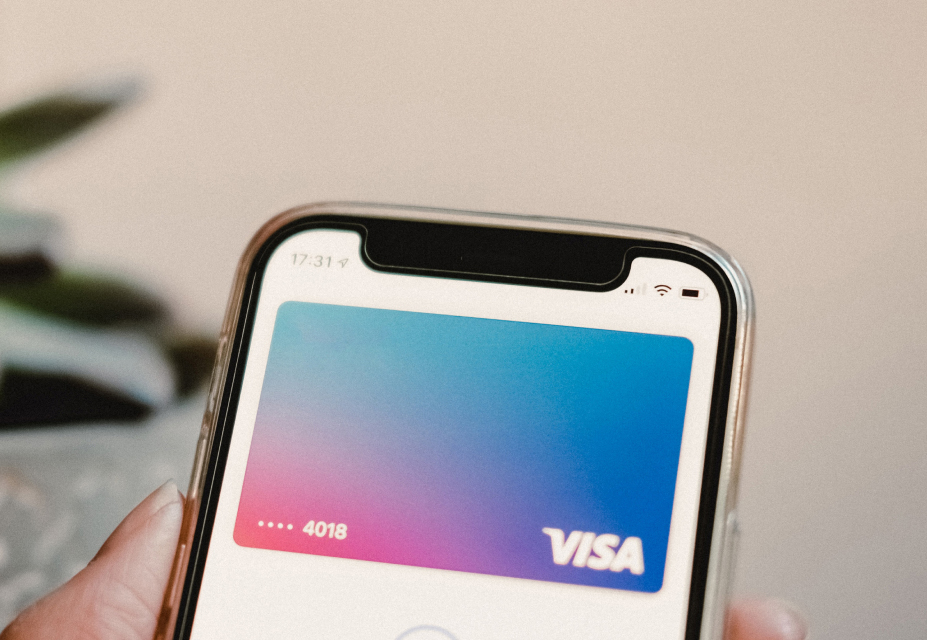This blogpost summarises the draft guidelines released by the Advertising Standards Council of India for influencer advertising on digital media platforms.
Introduction
On 22 February 2021, the Advertising Standards Council of India (ASCI) released the draft guidelines for influencer advertising on digital media platforms for public comments/feedback[1]. With a barrage of advertising, promotional and independent user generated content being circulated on platforms like Instagram, YouTube, Twitter, and more, the guidelines aim to enable the users to distinguish between different categories of content. The draft guidelines require influencers and advertisers to include a pre-approved disclosure label (#ad, #collab, #promo, #sponsored, or #partnership) for advertising content to disclose the promotional nature of the post.
The guidelines prescribe a non-exhaustive definition of the term ‘digital media’. From the internet (any sponsored posts, branded content, in-gaming ads, advergames, gamification content on the internet), to video-on demand/free video platforms, and mobile broadcasts, blogs, apps, digital TV, etc.- a wide range of platforms are covered within the remit of digital media.
Here is a summary of the draft guidelines issued by the ASCI:
- Who is an influencer? The guidelines note that an influencer is someone who has- (a) access to an audience on social media, (b) the power to affect the decisions or opinions of their audiences about a ‘product, service, brand or experience’ stemming from their authority, knowledge, position or relationship with their audiences, and (c) the power to ‘intervene in an editorial context or in collaboration with a brand to publish content’. This definition is very broad and could result in inclusion of persons who aren’t creating content for the purpose of influencing their audience.
- What is an advertisement? An advertisement or ad is a sponsored/paid communication targeted at the public or a section of it to influence their behaviour/opinion. It also includes any content that may or may not be recognized as an ad, but is owned or authorised by an advertiser or a brand owner. The guidelines – (a) explain that an ad would be considered as ‘owned’ or ‘authorized’ by an advertiser when there is a ‘material connection’ between an entity providing a product or service and an influencer, and (b) note that such ‘material connection’ could take the form of free products, trips or hotel stays, media barters, or awards – handed out by an advertiser to an influencer with an expectation (explicit or implied) that such products will (immediately or eventually) be promoted in a post on digital media.
- Disclosure label to certify an ad: The guidelines prescribe that a disclosure label (from the list of pre-approved labels) should be attached to all promotional posts/advertising content.[2] This label should be upfront. It should appear ‘within the first two lines’ of any ad related content so that the users do not have to click on ‘see more’ or ‘scroll under the fold’ to make out if the content is in fact a promotional post. The guidelines have specified a set of pre-approved disclosure labels to ensure uniformity and to avoid confusion that may arise from the use of creative labels that all users may not understand.
- Features of a disclosure label: The label should be – (a) ‘prominent’ (so that it catches the eye of the users), (b) ‘appropriate’ for the platform used to promote a product or a service, (c) ‘visible’ irrespective of the device (laptop/mobile device) or platform (app/website) used, and (d) displayed in English or any language that the average users viewing the advertisement would understand. Blanket disclosures in a profile/bio section would not qualify as adequate disclosure under the guidelines.
- Disclosure labels for ‘picture only’ and ‘video only’ content: For advertising content that is posted via ‘Instagram stories or Snapchat’, the guidelines note that the disclosure label should be ‘superimposed over the picture’ to ensure that users are able to ‘see it clearly’. Similarly, if the promotional video is posted without a caption/text, the label should be ‘superimposed on the video in a manner that is easily visible to the viewer’.
- Disclosure in case of audio content: For audio content, the label should be clearly announced at the beginning and at the end of the post.
- Duration of appearance for a disclosure label on ‘video only’ content: The guidelines prescribe different time limits for displaying the disclosure label added to the advertising content. For videos that last – (a) for 15 seconds or lesser, the disclosure label should appear for a minimum of 2 seconds; (b) longer than 15 seconds but lesser than 2 minutes, the label should appear for ‘1/3rd the length of the video’, (c) for 2 minutes or more, the label should be displayed for the entire duration of the portion of the video, where the promoted brand or its features/benefits are showcased. Additionally, for content that is live streamed the disclosure label should be placed periodically (for 5 seconds) at the end of every minute.
- Disclosure in case of audio media: For audio content, the label should be clearly announced at the beginning and at the end of the post.
- Prohibition on the use of filters: ‘Filters’ available on social media platforms should not be applied to advertising content, if they would exaggerate the impact of the claim made by a brand. To put it in perspective influencers would not be able to use filters that lead to overstating a brand’s claim (‘makes hair shinier’ or ‘teeth whiter’).
- Due diligence obligations of influencers: The guidelines impose the obligation of carrying out a ‘due diligence about any technical or performance’ related claims made by the advertisers on influencers. Evidence of due diligence includes a correspondence from the advertiser/ brand owner that these claims are capable of ‘scientific substantiation’. Additionally, the guidelines recommend that the clauses pertaining to ‘disclosure, use of filters as well as due diligence’ should be included in the contractual agreement between advertiser and influencer. These due-diligence obligations recognize the responsibility of influencers to ensure that their audience is not misinformed about a product, service or brand due to the former’s authority/influence.
Consequences of non-compliance:
ASCI is a self-regulatory body that can issue guidelines and recommendations based on consumer complaints or through its own initiative for non-compliance with the guidelines. While a vast majority of entities follow ASCI’s guidelines and recommendations, an entity may choose to not abide by them as ASCI is not a governmental body. However, the Consumer Protection Act, 2019 stipulates a penalty in the form of imprisonment for a term up to 2 (two) years and a fine up to INR 10,00,000 (Ten Lakh Rupees) for making a false or misleading advertisement. As ASCI plays a complimentary role in curbing false and misleading advertisements, abiding by the guidelines will greatly mitigate potential liability under the Consumer Protection Act, 2019.
Impact of the guidelines
Social media platforms including Facebook and Instagram have put in place policies that govern promotional content. Such policies require influencers to disclose when a post is the result of a collaboration between them and a brand. In fact, some platforms have also deployed tools to identify such promotional content to ensure transparency[3]. However, the ASCI guidelines recognise the power and reach of the influencer community, give legitimacy to the upcoming form of advertisement involving digital media, and can go a long way in protecting the interests of the users by casting a responsibility on the people involved in publishing promotional content.
Comments/feedback on the draft guidelines are invited till 08 March, 2021. ASCI plans to issue the final guidelines by 31 March, 2021 based on the feedback it receives. The final guidelines would cover all promotional content published on digital media platforms on or after 15 April, 2021.
This post has been authored by Kanupriya Grover, Associate with inputs from Janarth Visvanathan, Associate and Aman Taneja, Senior Associate at Ikigai Law.
For more on the topic, please feel free to reach out to us at contact@ikigailaw.com.
Picture Credits: Pixabay
Disclaimer: This article is meant for general informational purpose only and is not a substitute for professional legal advice. This article is based on the laws applicable in India as on the date of publication.
[1] Guidelines for “Influencer advertising on digital media”- draft for stakeholder consultation, Advertising Standards Council of India, February 2021, https://www.ascionline.org/images/pdf/guidelines-for-influencer-advertising-on-digital-media-draft-for-stakeholder-inputs.pdf
[2] The guidelines (see page 13) identify ‘paid music promotion in a video, promoting a store or a brand through a post on the influencers media handle’ as examples of advertising content on digital platforms.
[3] Branded content tools on Instagram, https://business.instagram.com/a/brandedcontentexpansion?locale=en_GB










